Slovakia, officially known as the Republic of Slovakia, is a central European country bordered by Ukraine, Poland, Austria, Hungary, and the Czech Republic. Its mountainous terrain and diverse culture make it an appealing destination. Visitors can explore outdoor adventures or enjoy urban experiences. Slovakia’s rich history, warm people, and architectural marvels await exploration. However, it’s essential to be aware of dangerous animals in Slovakia, particularly when venturing into its wilderness.
Table of Contents
Why visit Slovakia?
The climate in Slovakia varies from a continental to a temperate climatic zone, with warm summers and cold, cloudy winters. Temperatures typically range from 5 degrees Celsius to 30 degrees Celsius. The warmest region is close to Bratislava, making it an ideal destination to explore ancient and modern architecture.
Further read: Christmas in Slovakia
Visitors can immerse themselves in the local cuisine and interact with the friendly locals. However, to enjoy your trip fully, it’s crucial to be aware of some dangerous creatures or animals that you may encounter in the area. Here are some of the dangerous animals you might find in Slovakia.
Wild Boars

Wild boars rank among the most dangerous creatures in Slovakia, inhabiting both wild habitats and residential areas. Typically herbivores, they feed on roots and rhizomes, growing up to 1.2 meters tall and weighing between 150 to 250 pounds. Although generally non-aggressive when unprovoked, encountering them with their young can trigger sudden attacks. Despite their resemblance to domesticated pigs, wild boars possess tusks that can cause severe injuries. Travelers in Slovakia must exercise caution to ensure their safety and avoid potential confrontations with these formidable creatures.
Lynx

The Eurasian lynx, larger than typical domestic cats, resides in Slovakia’s dense forests and mountainous regions. Recognizable by their yellowish color, these elusive creatures are territorial and usually avoid confrontation unless provoked. It becomes crucial to maintain a safe distance, especially when lynxes have kittens, as they may perceive any interference as a threat and respond aggressively. Armed with sharp claws and teeth, lynxes primarily prey on creatures like snakes and lizards, carrying bacteria, viruses, and pathogens. In case of an attack, the potential transmission of fatal diseases underscores the importance of staying vigilant when exploring Slovakia’s wilderness.
Common Viper
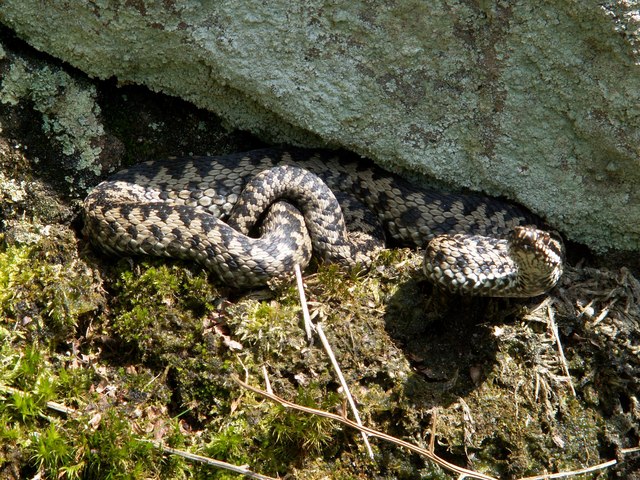
The common viper, or European viper, thrives in Slovakia’s forests and neighboring European countries, showcasing various colors such as brown, black, grey, and red. Inhabiting areas like hillsides, meadows, and woods, these snakes are highly dangerous, capable of delivering potent venom. A bite from a common viper can induce paralysis of the respiratory and cardiac systems, leading to a shutdown of normal bodily functions and eventual death.
With a length of around 30 inches, these aggressive creatures demand caution. Immediate medical attention is crucial in case of a snakebite, as the venom spreads rapidly and can be fatal within hours. While human attacks are rare, provocation may prompt a Viper to produce a warning hiss before administering venom.
Brown Wolf
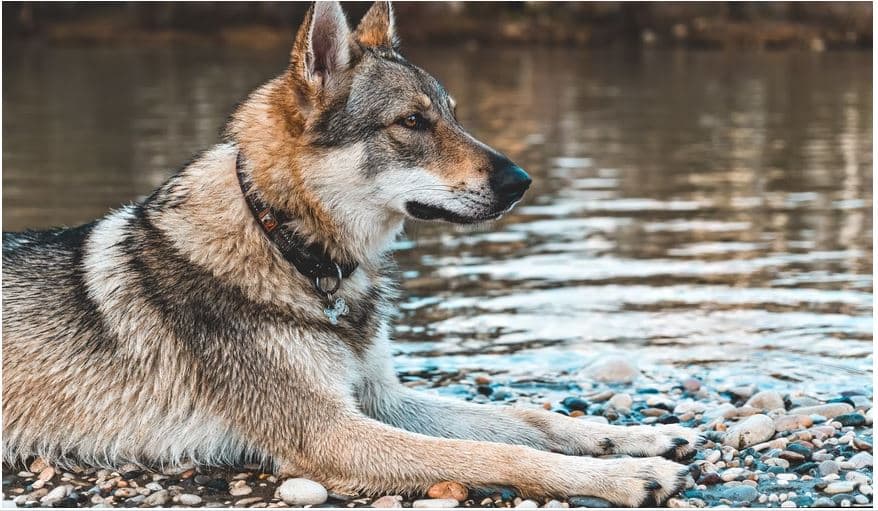
Slovakia is home to different species of wolves, primarily residing in dense forests and mountainous regions. While wolves are generally non-aggressive, seeking food or encroaching on their habitats may trigger defensive attacks. Equipped with sharp claws and teeth, wolves use these weapons against any perceived threat. Travelers should stay vigilant and respect the natural habitats of these creatures to avoid unwanted confrontations. Understanding the purpose of your visit to the region enables you to navigate safely, minimizing the risk of encounters with dangerous animals and preserving their natural environment.
Hornets
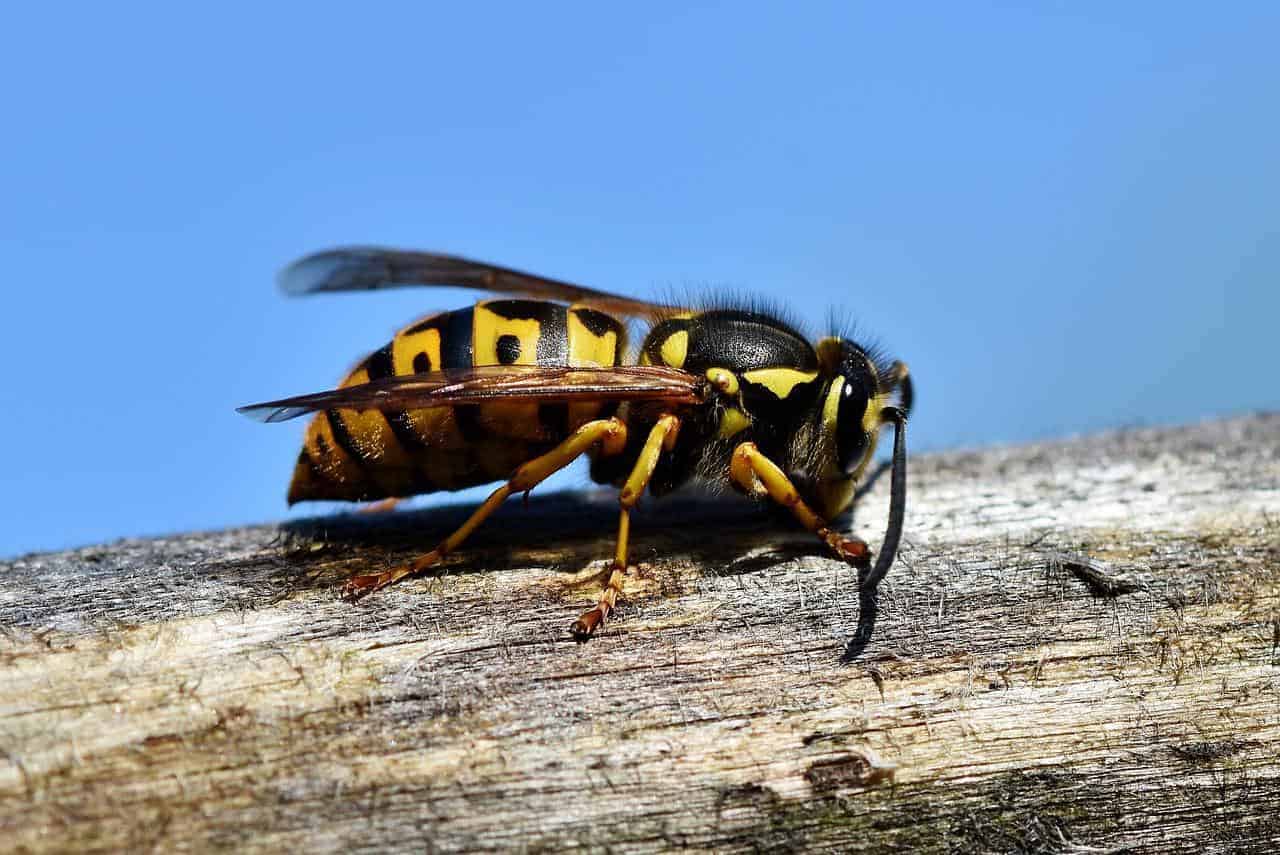
Hornets, a perilous species in Slovakia, deliver venom potent enough to be fatal to adults. Unlike common bees, they sting continuously, injecting a highly potent venom that causes excruciating pain, restlessness, hallucinations, difficulty breathing, and eventual respiratory paralysis. These territorial insects are often found in deep forests and mountainous regions. Travelers should take precautions by dressing appropriately and using protective gear, especially in unfamiliar areas. Immediate medical attention is crucial if stung by a hornet.
Ticks
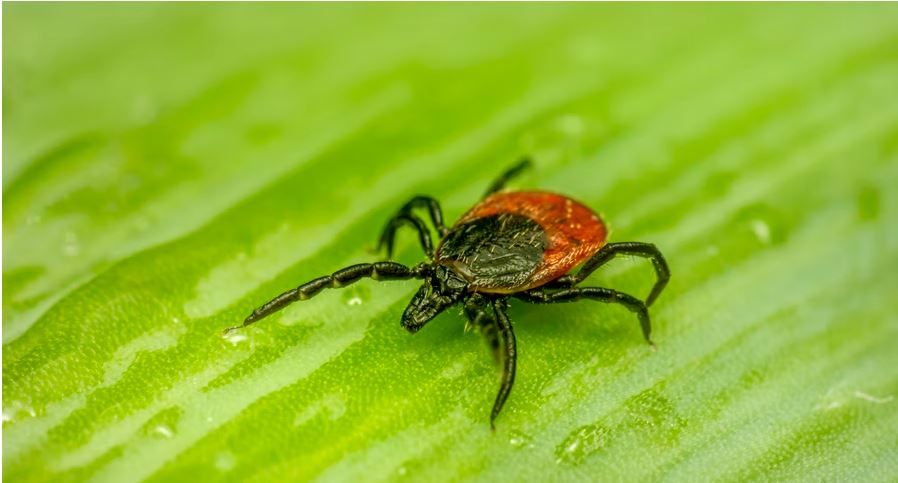
Encounters with various creatures, such as ticks, are inevitable during a trip to Slovakia’s forests and dense grasslands. Ticks, commonly found in vegetation like grass and trees, latch onto hosts to suck blood, lay eggs, and reproduce. Proper attire is essential to prevent tick attachment, as these creatures are carriers of Lyme disease. Some tick species also spread encephalitis, leading to brain damage and potential death. Travelers must remain vigilant and adequately protect themselves to minimize the risk of tick-related illnesses.
Wolves
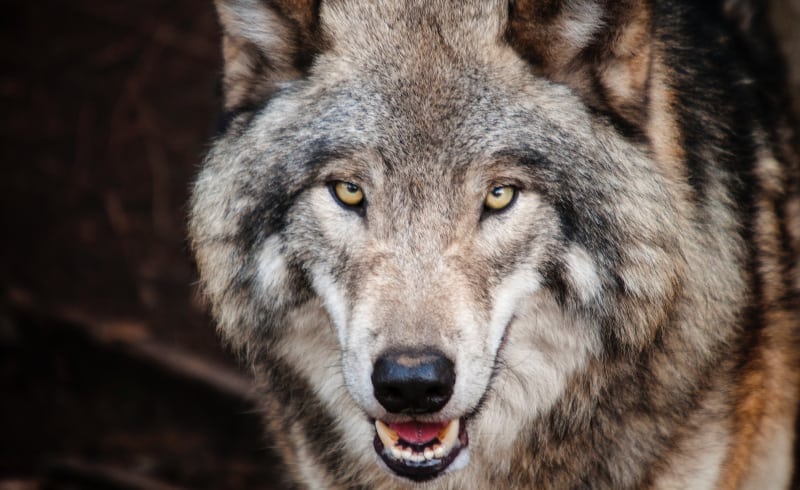
In the dense forests of Slovakia, wolves are prevalent and known for consuming small animals like bears, antelopes, and rabbits. Their high predatory skills and pack behavior make them dangerous, particularly when attacking in large numbers. Wolves are not confined to Slovakian borders and can be found across European countries. Human-animal conflicts arise when wolves attack farm animals during famine or dry seasons. While they are generally non-aggressive, maintaining a safe distance is essential to avoid potential threats.
Golden Eagles

Encountering golden eagles during a trip to Slovakia is common, and while they are usually docile, caution is necessary. These birds of prey consume small rodents and have large territories. Staying at a safe distance is crucial, especially during the dry season when food is scarce, as they may mistake objects for food and attack. Golden eagles carry bacteria, pathogens, and viruses, posing a risk of severe infections and diseases to humans.
Horned Viper
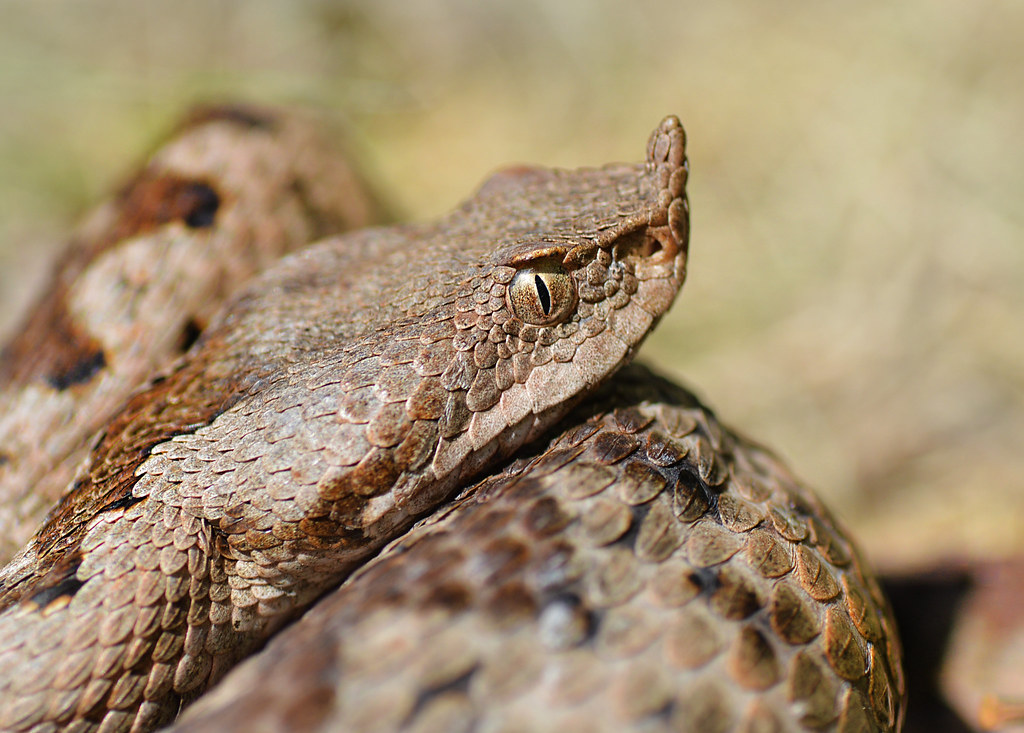
The horned viper, one of the most dangerous animals in Slovakia, resides in mountainous regions and forests across the country. Native to parts of Slovakia and Austria, these territorial snakes are known for their horn-like structures on the head and fangs. When threatened, they produce a hissing sound before releasing venom. Found in human settlement areas, horned vipers exhibit various colors and body patterns. Symptoms of their venom include swelling, excruciating pain, rapid heart rate, hallucinations, and respiratory failure. It’s crucial to stay away from their habitat and seek immediate medical attention if bitten.


